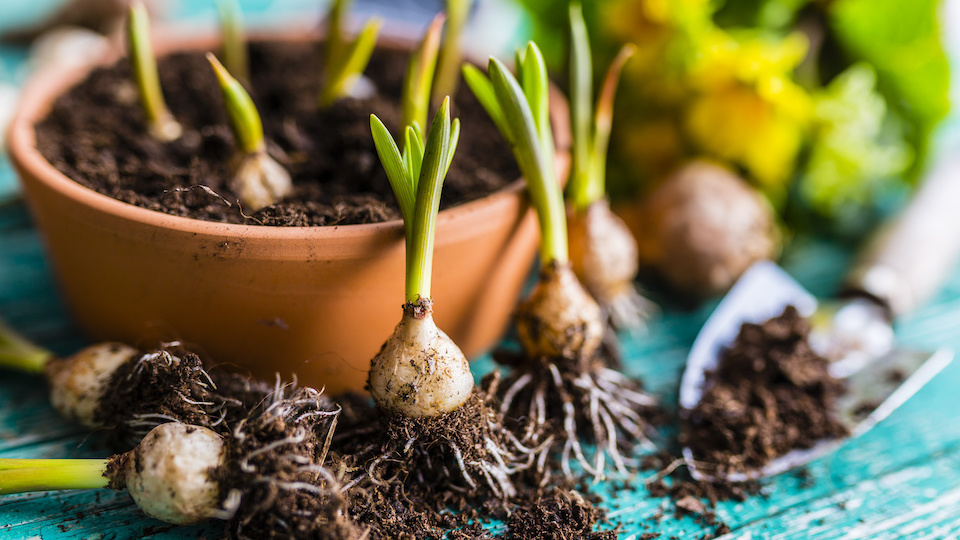Shopping for spring-flowering bulbs isn’t as easy as it seems. Take a few minutes to review these helpful tips and tricks before you end up with hundreds of unused bulbs sitting in your shed or unsuccessful bulbs that never come up when the weather warms. If you stick to these shoppin guidelines, you will have a beautiful garden that welcomes the spring with a brilliant display of color.
Branch out and be bold
You’re never going to discover anything new if you don’t step out of your comfort zone. When it comes to spring-flowering bulbs, it is easy to stick to the tried and true flowers that you know will succeed, such as daffodils and tulips. The truth is, there are so many other amazing bulbs out there that are practically begging for a place in your garden. Try new varieties, new colors, new flowers, and don’t be afraid to go big and bold.
Compare prices
Bulb prices vary widely from company to company. Try to shop deals and find the best bang for your buck, but remember, sometimes you will need to spend a little more to get quality, successful bulbs. Many retailers sell bulbs that are old, dried out, and unlikely to succeed, so it is best to shop from a reputable dealer. Do some research on the company before you buy from them and stick to places that have delivered quality bulbs in the past. Talk to your gardener friends about their favorite places to buy bulbs.
Count how many you will need
The worst thing you can do is get all of your tools and supplies ready only to get to planting day and discover that you don’t have enough bulbs to fill the space you allotted in your garden. While this may not seem like an issue, there is a pretty small window for planting spring-blooming bulbs in the fall, and you may not have enough time to order more. Use a measuring tape to determine the square footage of your garden (or use an educated estimate) and look up the recommended number of bulbs per square foot for each flower you intend to plant. This will ensure that you don’t waste your money on unnecessary bulbs that you don’t have space for and will guarantee that you have enough to fill your garden with a vibrant array.
Consider planting requirements
While branching out and trying new flowers in your garden is a great idea, you must evaluate if those bulbs will actually work in your climate. Read up on bulbs before you get them and make sure that your environment isn’t too cold or hot and that you have plenty of shade or sun available in your garden, as needed.
Early, middle, late
Along with making sure that you get just enough of the bulbs that will thrive in your climate, you will also want to make sure to fill your flower beds with blooms from early in the season to the middle of summer. Choose complementing varieties that won’t all bloom at the same time, and you will be able to achieve a continuous bloom that requires little work or effort. Labels will indicate expected bloom time and length, which could be helpful when determining which flowers you should plant.
Consider animal resistant bulbs
One of the greatest disappointments when it comes to bulb planting is the hungry animals that munch on the tender sprouts just as they are peeking out of the ground in spring. Along with taking proper precautions to avoid animals destroying your bulbs such as fencing and netting, you can keep away destructive rabbits and deer by ordering animal-resistant bulbs. Of course, these won’t keep away the most determined critters, but they will deter some of the attention and will have a fighting chance against spring snacking.
Plan, plan, plan
While haphazard bulb planting may seem like the most fun option, as you eagerly wait in the spring to see where your randomly planted bulbs peek out. It is a better idea to sketch out a blueprint of your garden and determine where you want to plant bulbs based on light exposure requirements and other things such as complementary colors and heights. Having an explosion of spring color in your garden is the best way to embrace the season, but too many colors that don’t go together can look disorganized and overly busy.
-Taylor Ramsey




